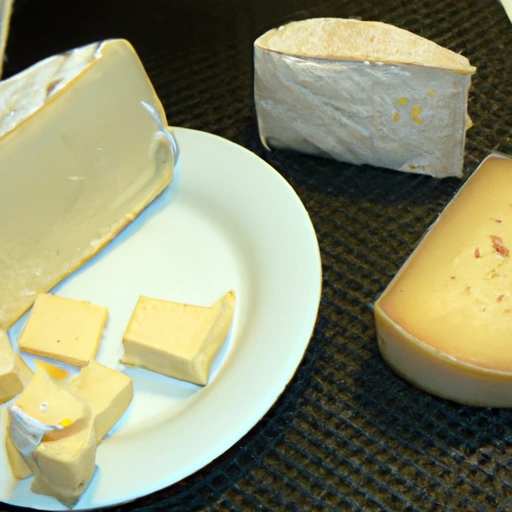Cheese
Description

Cheese is a beloved dairy product that comes in countless varieties, textures, and flavors. Produced by coagulating milk to separate the curds and whey, it's a versatile ingredient that enhances the taste of many dishes. Cheese can range from soft and creamy to hard and pungent, with each type bringing its unique character to the culinary table. When following recipes, it's essential to use the correct type and amount of cheese, which may be measured in ounces (oz) and pounds (lb) in American units, or grams (g) and kilograms (kg) in European units.
Common uses
Cheese is commonly used as a topping, filling, or standalone snack. It can be shredded, sliced, melted, or crumbled, depending on its consistency and the recipe's requirements. From sprinkling over pizzas and pastas to enhancing the flavor of soups and salads, cheese adds richness and depth to dishes. It's also a popular choice for sandwiches, cheese plates, and as a complementary flavor for wines and beers.
Nutritional value
Calories
Caloric content in cheese varies widely depending on the type. For example, cheddar cheese contains about 113 calories per 1-ounce (28g) serving.
Protein
Cheese is an excellent source of protein, with hard cheeses like Parmesan offering about 10g per 1-ounce (28g) serving.
Fat
Cheese can be high in fat, particularly saturated fat. One ounce (28g) of whole milk mozzarella has about 6g of total fat.
Carbohydrates
Most cheeses contain minimal carbohydrates, with many varieties like Swiss cheese having less than 1g per 1-ounce (28g) serving.
Vitamins
Cheeses are good sources of vitamins such as vitamin A and B-complex vitamins, particularly B12.
Minerals
Rich in calcium and phosphorus, cheese can help support bone health. A 1-ounce (28g) portion of cheddar provides about 200mg of calcium.
Health benefits
Consuming cheese in moderation can contribute to a healthy diet. It provides essential nutrients such as calcium for bone health, protein for muscle repair, and vitamins for various metabolic processes. Fermented cheeses also contain probiotics that can aid digestion.
Potential risks
High intake of cheese, especially varieties high in saturated fats, can be associated with increased risks of heart disease. Lactose intolerance is another concern for some individuals. It's important to consume cheese in balance with other foods and consider low-fat or lactose-free options when appropriate.
Common recipes
Cheese is used in a plethora of recipes, from classic macaroni and cheese and lasagna to sophisticated cheese soufflés and fondues.
Cooking methods
Cheese can be baked, grilled, melted, or eaten raw, with each method bringing out different flavors and textures.
Pairing with other ingredients
Cheese pairs splendidly with fruits like apples and pears, nuts like almonds and walnuts, and a variety of bread and crackers. Wine and cheese pairings are also a culinary delight.
Summary
Cheese is a dynamic and diverse food ingredient enjoyed globally. Its rich history, extensive varieties, and nutritional benefits make it a staple in many diets and cuisines. Whether measured in American or European units, cheese continues to be a beloved component of countless recipes and an essential part of culinary traditions around the world.